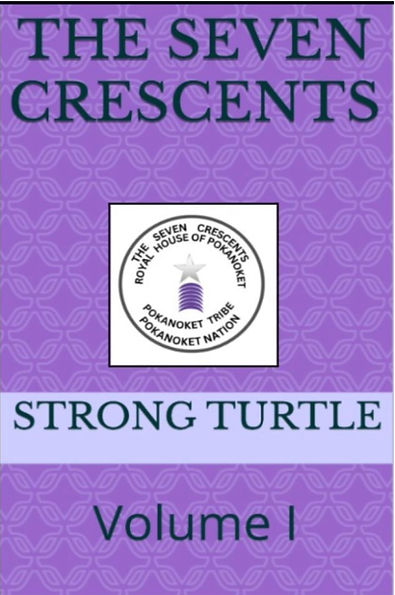Part 3

The Cleared Land & Buried Truths: Rewriting Pokanoket Stewardship in Colonial New England
This paper argues that the Pokanoket people actively managed their lands through sophisticated ecological practices, and that colonial misrepresentations of this stewardship were used to justify dispossession which continues to shape historical narratives today. When European colonists arrived in New England, they perceived a wilderness, but the landscape had long been shaped by millennia of Indigenous stewardship. Colonial narratives systematically erased this reality, depicting the region as empty and underutilized to legitimize dispossession. Nowhere is this more evident than in Sowams, the ancestral homeland of the Pokanoket people, where waterways, trails, and agricultural systems sustained thriving communities long before European contact. By examining Pokanoket land management, we can challenge the myth of the "noble savage", a colonial stereotype that romanticized Indigenous people as passive primitives, and restore Indigenous ecological knowledge to its rightful place in history.
Colonial Misrepresentations and Their Legacy
Just as Europeans cultivated pasturelands to feed domestic animals, the Pokanoket and other Indigenous peoples of southern New England actively managed their environments to maximize what scholars now refer to as “forest efficiency.” This term describes the sustainable and effective use, management, and stewardship of forested environments, grounded in traditional ecological knowledge, cultural values, and time tested practices. In the pre-colonial landscape of southern New England, this efficiency was expressed through a sophisticated system of controlled burns, agroforestry, and seasonal crop rotation designed to maintain ecological balance, support biodiversity, and ensure long-term productivity. At the heart of this stewardship was a principle grounded in reciprocity and kinship, a relationship with the land based on sustenance rather than exploitation. For one never took everything, as something was always left behind for others. For example, when harvesting berries or medicinal plants, it was customary to leave the first and last fruits untouched as an act of respect for the spirits of the land and a guarantee that the resource would regenerate for future use. This practice is well-documented across Indigenous traditions, as academic Gregory Cajete describes how harvesting was approached as a ceremonial act of relationship, in which "first offerings were made" and the last portions were left behind to sustain balance in nature. Charles Cleland similarly notes that Eastern Woodlands peoples followed rules of spiritual etiquette in gathering, always leaving offerings to ensure future abundance. Melissa Nelson’s Original Instructions affirms that the principle of leaving the first and last harvest is rooted in sacred ecological teachings shared across tribal nations.
This ethic of reciprocal land stewardship sets the foundation for understanding how deeply colonial narratives distorted Indigenous land use practices. It is an ethic preserved in the oral traditions of the Pokanoket Tribe, where stories continue to remind younger generations that when gathering, one must always leave something behind. Pokanoket land stewardship was not merely a set of techniques, but an expression of reciprocal care, what Robin Wall Kimmerer calls the "grammar of animacy," where people and land are bound in kinship rather than hierarchies of control.
